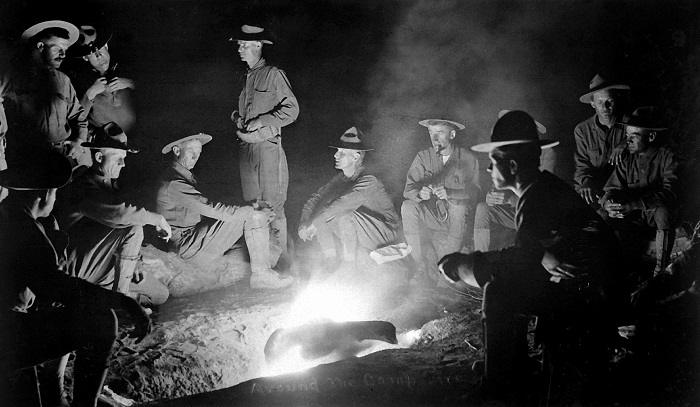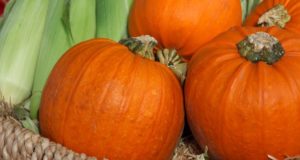One of the iconic images of the Old West is, of course, the cowboy. It is not hard for one to imagine a group of cowboys herding large groups of cattle across the western prairies, toward a far-off destination.
I remember viewing as a young man a photograph taken in the Old West, sometime around 1886. In the picture, a group of roughly a dozen or so cowboys are sitting around a campfire, eating a meal. There is a man standing in the middle with an apron on, dishing out beans and steak. He was the “cookie,” the man who handled the chuck wagon, provided the meals and always pointed the tongue of his wagon north every night so the cowboys would not lose their way. His equipment often consisted of an old Army Civil War surplus wagon — rebuilt into a mobile kitchen – along with a banged-up collection of utensils and metal plates and silverware, also often surplus. He always had cookware made from cast iron.
Iron was first used for cookware by the Chinese, starting around 200 BC. Before the advent of the modern oven, cooking over hearth was the most common method in homes. A large iron pot was the “tool” of choice.
Discover More Than 1,000 Off-Grid-Living Tricks!
Fast forward to today. For outdoor cooking, cast iron is still one of the most common and popular methods. Cast iron holds up very well, especially if you are cooking over hot coals. It heats evenly, and does not require as thorough a washing as other forms of cookware.
A well-used cast iron skillet or pan has a non-stick service that develops over time. You can recognize these well-used implements easily by their shiny black patina. A new pan or Dutch oven will not look like this, and will lack the non-stick service found on well-used cookery. To use your new cast iron, you first must “season” it.
To season a new pot, pan, skillet or Dutch oven made of iron, rub the entire object with a nice thick layer of cooking oil. Place the pan in your oven at 350 degrees for at least an hour and a half. When it is done, dry off gently with paper towels. Your pan will not have the deep patina that older implements have, but it will be ready for cooking. You can re-season cast iron as necessary.
When washing a cast iron pot or pan, use hot water — as hot as you can stand. Do not submerge the pan in soapy water but scrub off all of the food. If needed, you can use a small amount of dish soap to wash the pan or pot. After it is washed, dry with a towel.
There are really only two cast iron implements needed for outdoor cooking, and even most indoor cooking arrangements. The first is the Dutch oven; the next is a frying pan.
The Dutch oven is perhaps one of the most common pieces of cast iron cookware, and certainly the most iconic. It can be used for a variety of tasks, from stews to dinner rolls. The Dutch oven, in its most basic design, goes back 300-400 years. In America it was improved with a flat, ridged lid to hold coals on top for more even cooking. The three pronged stand helps keep the oven above the coals. On some Dutch ovens, the lid can be flipped over and used as a skillet.
Indoor Dutch ovens are much more popular, but are not ideal for outdoor cooking because of the domed lid and flat bottom. The domed lid has spikes on it, designed for either allowing condensation to drip down back onto the food, or to force the juices back into the meat. Indoor Dutch ovens are limited in their usefulness outside. You can’t stack hot coals on top of the lid, and you can only really cook with them over a camp stove or suspended over a fire for stews and such.
The other implement for camp cooking is the frying pan. The frying pan has a variety of uses, from frying eggs or bacon, to being used to grill a steak. An 8- or 10-inch frying pan, combined with the Dutch oven, is all you need to feed your group on a camping trip, and can be used in tandem to prepare meals.
I also strongly suggest that when you buy cast iron, make sure you buy something solid, such as a Lodge cast iron piece of cookware. Lodge has been producing cast iron for more than 100 years, and I’ve never had a piece of their cookware fail me.
What advice would you add on using cast iron? Share your thoughts in the section below:
Harness The Power Of Nature’s Most Remarkable Healer: Vinegar
 Off The Grid News Better Ideas For Off The Grid Living
Off The Grid News Better Ideas For Off The Grid Living





